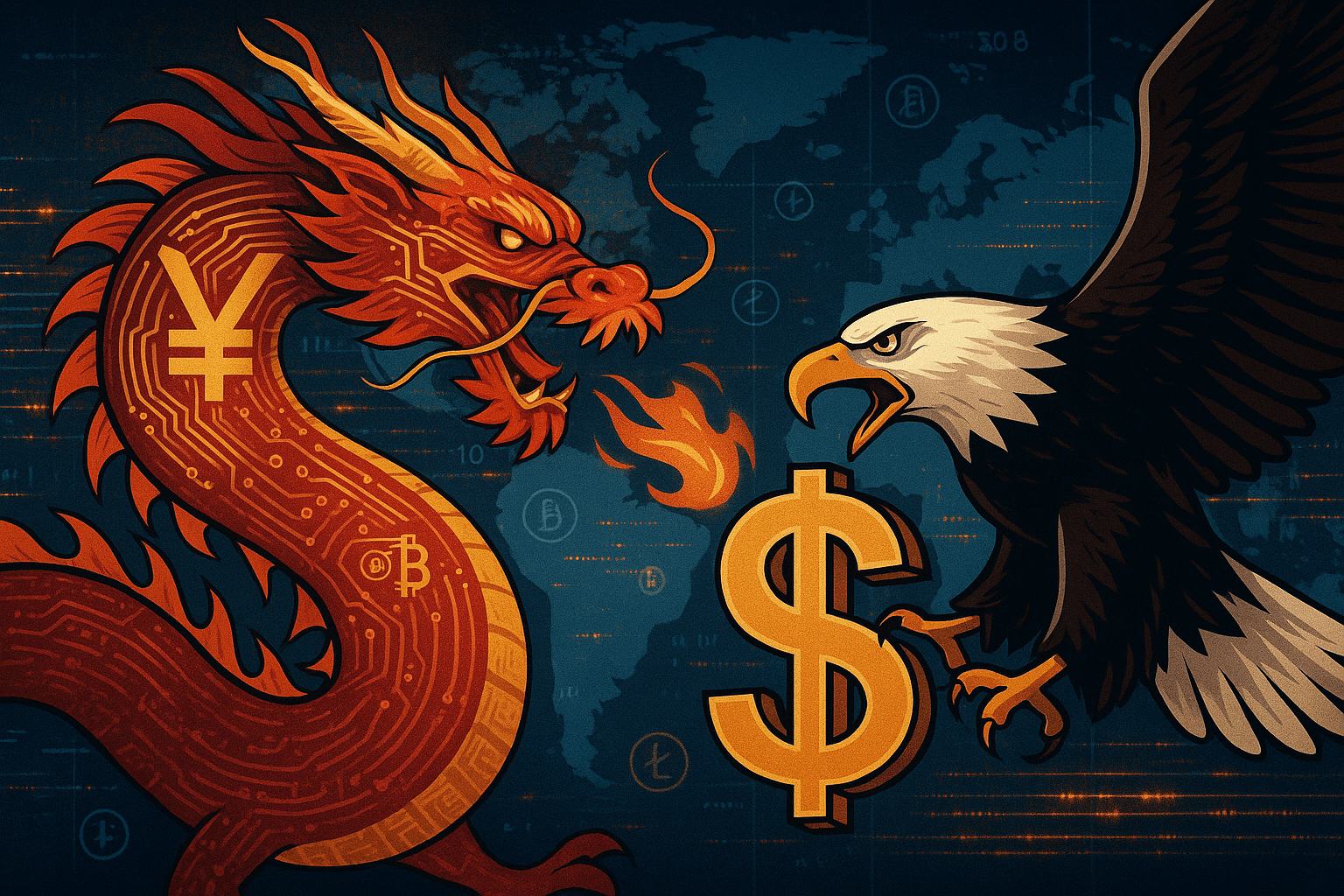
Reuters' exclusive report was like a heavy bomb, causing a stir in the global financial circle. The State Council of China is about to review the internationalization roadmap for the RMB stablecoin, which is not a trivial matter, but rather a direct confrontation with the dollar in the digital currency field. It is important to note that currently, dollar stablecoins occupy 99% of the global market share, almost having a monopoly. China's move this time clearly aims to break this monopolistic pattern.
What is most surprising is China's 180-degree turn in attitude. Back in 2021, China was very strict about cryptocurrencies, banning mining and trading outright. Now, suddenly wanting to develop an RMB stablecoin reveals complex strategic considerations. Simply put, China has realized one thing: the digital currency market is too large to allow the United States to monopolize it. Standard Chartered Bank predicts that by 2028, the global stablecoin market could reach $2 trillion; with such a large market, how could China stand by and do nothing?
Hong Kong and Shanghai have been chosen as pilot cities, and this arrangement is quite deliberate. As an international financial center, Hong Kong has a sound regulatory framework, and the stablecoin regulations that came into effect on August 1 have made it one of the first places in the world to regulate fiat stablecoins. Shanghai, on the other hand, is at the forefront of China's financial reform and is building an international digital RMB operation center. The combination of these two cities, one internal and one external, forms a perfect combination.
But to be honest, it is not easy for the RMB stablecoin to shake the dominance of the dollar. SWIFT data shows that in June, the RMB accounted for only 2.88% of global payments, a two-year low, while the dollar still accounted for 47.19%. Additionally, with China's capital controls, the free flow of the RMB is indeed a problem. That said, China's annual trade surplus of several trillion dollars, if settled in RMB stablecoins, would have a significant impact.
Interestingly, China may discuss this matter with member countries at the Shanghai Cooperation Organization summit at the end of August. This move is quite clever, starting with friendly countries to establish usage scenarios for the RMB stablecoin, and then gradually expanding its influence. Although it is difficult to shake the dollar's dominance in the short term, this beginning is significant, and the pattern of the global stablecoin market is about to change.


